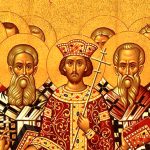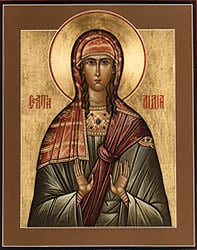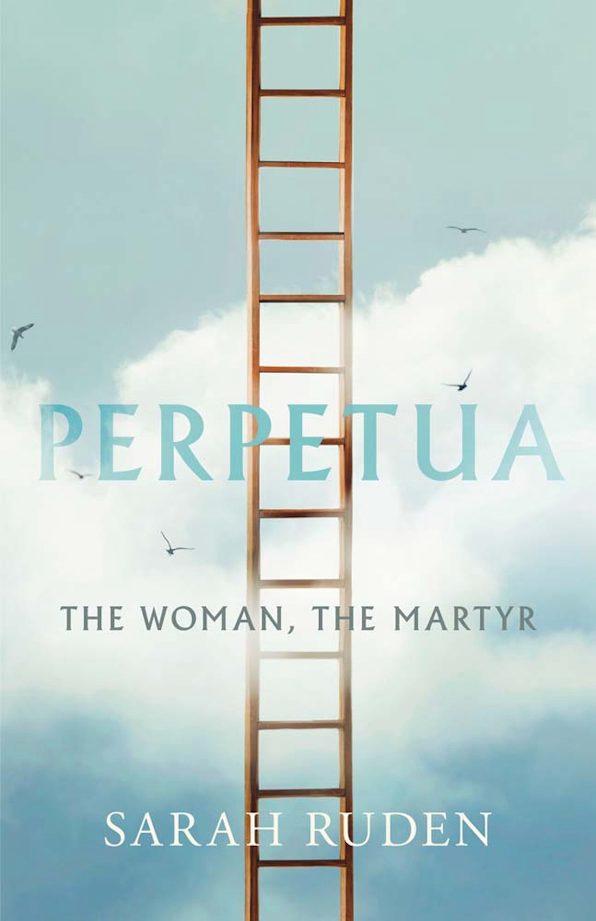
Perpetua: The Woman, The Martyr, by Sarah Ruden (Yale University Press, September 2): When Sarah Ruden writes in her new Perpetua that “it is fascinating to hear . . . of martyrdom from its practitioners,” she doesn’t have the memoirs of some Roman legionary in mind. For as the document known as The Suffering of the Holy Perpetua and Felicity makes clear, Christian martyrdom was performed by the killed as much as by those killing, and as a “practitioner” Vibia Perpetua, who was slain in North Africa in A.D. 203, was well aware of the role she was playing. Perpetua’s Suffering is the oldest Western prose document we have that was penned by a woman, and now Ruden has given us the first proper biography of Perpetua herself, with a new translation of the Suffering appended. Look forward to a full review from Marc Arkin in a future issue of The New Criterion. —RE
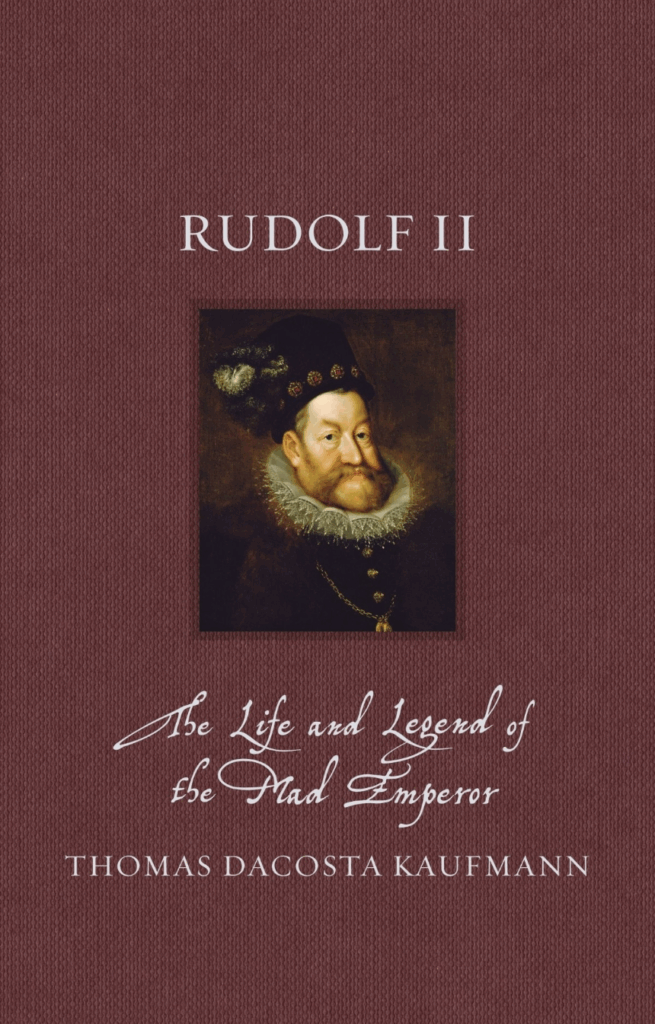
Rudolf II: The Life and Legend of the Mad Emperor, by Thomas DaCosta Kaufmann (University of Chicago Press): Contemporaries and posterity have not been kind to the life and legacy of Rudolf II (1552–1612). The English ambassador wrote of this Holy Roman emperor that “he ought to be walled up in a cloister with a necromancer, an alchemist, a painter, and a whore.” In his new book Rudolf II, Thomas DaCosta Kaufmann offers a much-needed reevaluation of one of the more colorful mavericks in European history. Kaufmann points out that many of Rudolf’s supposed idiosyncrasies, including his melancholic disposition and esoteric pursuits, are standard features and clichés of late-sixteenth-century political rhetoric. Of particular interest is Kaufmann’s analysis of the political and global significance of Rudolf’s patronage of the arts and sciences, in the form of his famous Kunstkammer. By the end of The Life and Legend of the Mad Emperor, the Rudolfine project, in Prague and throughout Europe, emerges as a doomed attempt at preserving the old medieval idea of a universal empire, headed by a moderate and prudent philosopher king. —AG
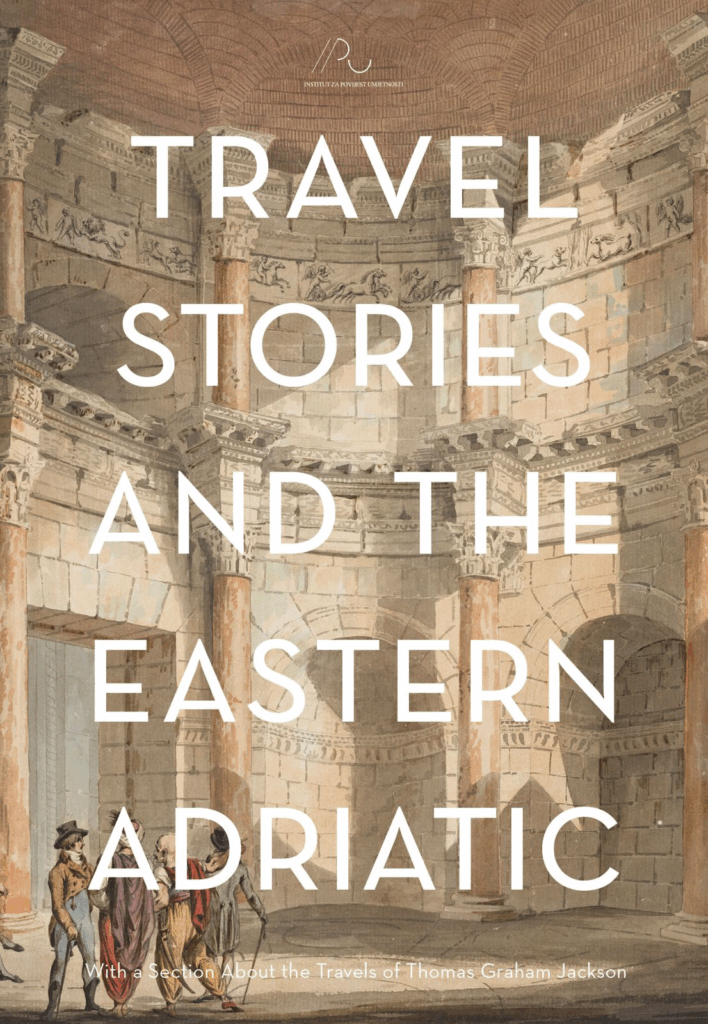
Travel Stories and the Eastern Adriatic, edited by Katrina O’Loughlin, Ana Šverko, and Elke Katharina Wittich (Institute of Art History, Zagreb): Travelers to the Croatian coast and islands, who have seemingly become more numerous in recent years, can comfort themselves with the thought that their journeys puts them in a long line of serious visitors to the area. And while most contemporary tourists seem more focused on the blue waters of the Adriatic than anything ashore, the earliest travelers in Istria and Dalmatia sought out ancient ruins. The budding Scottish architect Robert Adam’s 1757 trip to Spalatro (now Split) to sketch the ruins of the Roman emperor Diocletian’s palace set a quiet vogue for visits to this little-known territory, then ruled by the Venetian Republic (he was, himself, probably inspired by James Stuart’s 1750 excursion to Pola). Adam’s 1764 publication of his drawings of the palace (some of which were rather romanticized) spurred further travel, a topic explored by various scholars in the recent volume Travel Stories and the Eastern Adriatic. Particular highlights include Frances Sands’s essay on the way John Soane created a “virtual Grand Tour” for his Royal Academy students whose travel was curtailed by the Napoleonic Wars and a special section on the Victorian architect Thomas Graham Jackson, whose thorough investigations into the art and history of the region introduced the area to a much wider public. Well-illustrated and wide-ranging, this volume provides much for the prospective Croatian visitor to consider. —BR
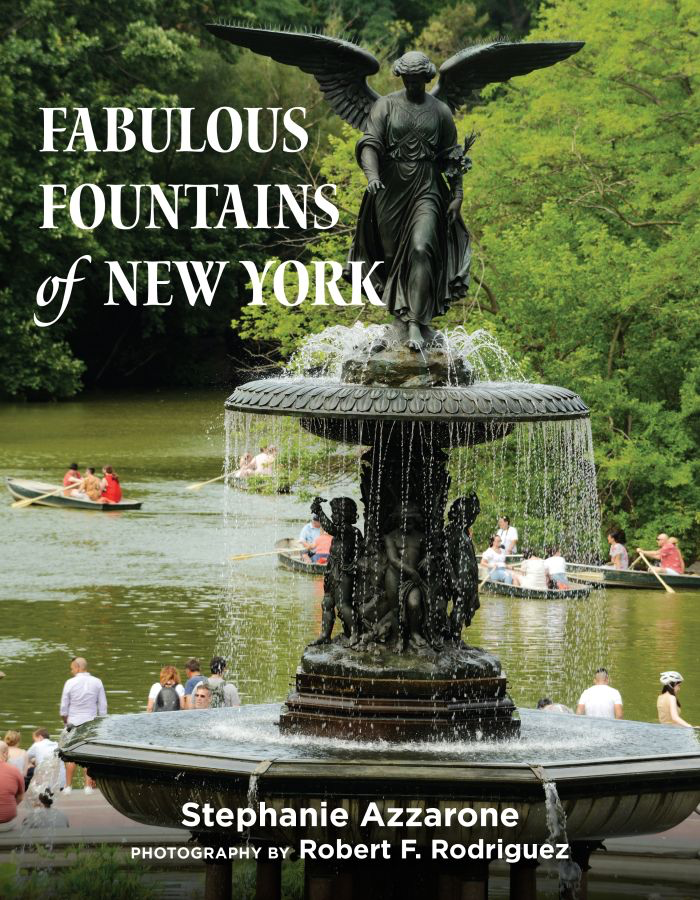
Fabulous Fountains of New York, by Stephanie Azzarone (Fordham University Press): From Central Park to Lincoln Center, Washington Square to Flushing Meadows, the fountains of New York can be among the most inviting destinations of civic life. Fabulous Fountains of New York now tells the story of some seventy of them in refreshing, welcoming detail. Written by Stephanie Azzarone, with photography by Robert F. Rodriguez, the new book comes from the same wife–husband team that gave us Heaven on the Hudson: Mansions, Monuments, and Marvels of Riverside Park, which I wrote about in The New Criterion of March 2023 (see “Up the Riverside”). Regarding the city’s fountains as a “source of serenity, quenching a third for quiet in the center of the city,” as Azzarone writes in her introduction, the survey takes us from Bethesda to the Wireless Operators Memorial with the stories behind them and the often-Promethean efforts to keep them up and running. The fish tales behind Warren & Wetmore’s Robert Ray Hamilton Fountain in Riverside Park and Ernst Herter’s Heinrich Heine/Lorelei Fountain in the Bronx are particularly compelling, while every fountain here speaks to the ripple effect of great public art and commemoration. —JP
Dispatch:
“A man for our times,” by Joshua T. Katz. On the late songwriter & mathematician Tom Lehrer.
From the Archives:
“Art and patronage today,” by Samuel Lipman (May 1986). On the present relation between art and patronage.














